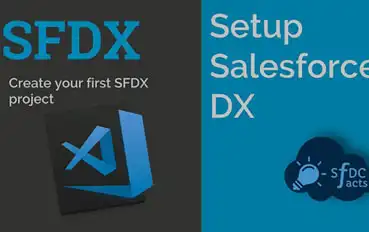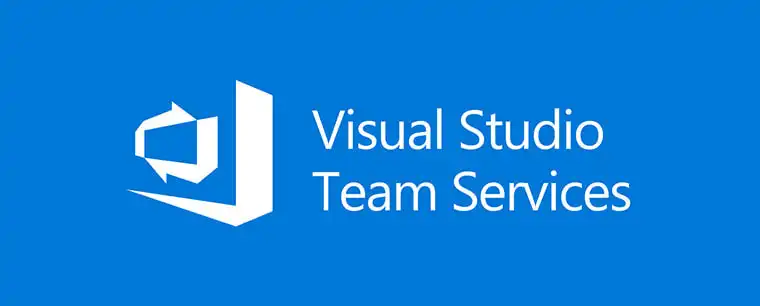6. Back Up Everything
One major aspect of establishing a complete data security strategy alongside your coding practices is to ensure you are prepared for worst-case scenarios. This goes along with the idea of giving your developers the tools they need to adequately perform their duties.
A data loss event can eliminate essential data relationships and metadata that negatively impacts the development environment as a whole.
Having a recent data backup, and the ability to quickly recover that data, ensures proper functionality and allows your developers to produce the best applications and updates possible.
Salesforce development best practices often center around the direction, approach, and tools available to your team members. Proper preparation is the only way to stay in front of the evolving landscape. Being caught unprepared leads to lost revenue, wasted time, and missed opportunities.
Adhering to Salesforce coding best practices gives your team its best chance to avoid costly errors.
Strong updates and web apps rely on consistently high-quality code. Combining best practices with automated tools creates the uttermost possibility to avert expensive mistakes.
The failure to provide a proper coding environment results in poor code quality and error-prone products. Keep these factors in mind when creating your Salesforce DevOps strategy.








